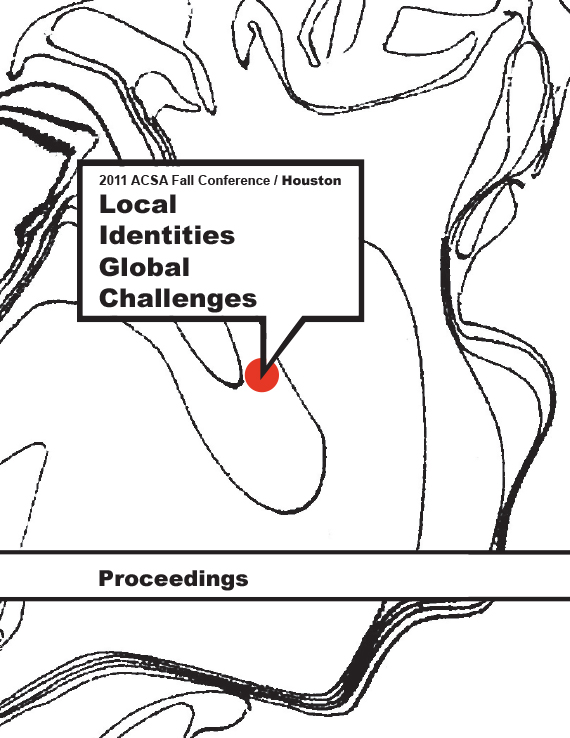Author(s): John Hertz
Throughout Latin America, modern architecture served as a vehicle of the state in its transformation from an agrarian society to a utopian ideal. In a number of countries a local architecture using the vocabulary of modernism became the mean of realizing radical social change through the construction of significant projects directed at needs for housing, education and medical care. To describe modernism and the “international style” as a monolithic force is obviously incorrect, in spite of the efforts of Henry-Russell Hitchcock and Phillip Johnson to try to link together architectural production with similar characteristics in their exhibition “International Style” of 1932. What is more appropriate is to speak about the language of modernism and the use of a common vocabulary applied to very distinct local conditions. One example that stands out, is that of Puerto Rico, where modern architecture was made manifest in tropicalismo, design for the tropics, that became the vehicle to a changing world of progress, and the creation of a new iconography that was the agenda of the Partido Popular Democratico (PPD), which came to power when the first open elections for governor were allowed in 1948. Unlike its Latin American neighbors, what sets Puerto Rico apart was stripping modernism of its original utopian idealism. Rather than being a tool for providing for the “have nots” that in the case of Mexico was that vast part of the population held in peonage prior to the Revolution of 1910, the iconographic buildings that defined the transition from rural to urban in Puerto Rico were a series of privately operated hotels built with public funds that catered to well-to-do foreigners. This is in stark contrast to Brazil where the best examples of the transformative power of architecture range from individual buildings, such as the Ministry of Education and Health building in Rio de Janeiro (1937–43), by Lúcio Costa with Oscar Niemeyer and Le Corbusier as a consultant, to large urban utopian schemes, like the city of Brasilia planned and developed in 1956 by Lúcio Costa and Oscar Niemeyer, or Mexico and Venezuela, where the most important architectural interventions of the modern period were centers of higher education, such as the Cuidad Universitaria de Caracas, planned by Carlos Raúl Villanueva, and Ciudad Universitaria of the Universidad Nacional Autónoma de México, designed by Mario Pani, Enrique del Moral, Domingo García Ramos, Armando Franco Rovira and others. The latter, embodied the evolution of thinking about public space, linked even to pre-Columbian models, and that spoke clearly about the role of architecture in creating national identity. Finally, it is critical to understand that these examples evolved from distinct intellectual and cultural landscapes, rich with internal, local discourse that abounded with contradictions and complexities. While they shared the common transformational goal of modernization, what must be underscored is how they responded in ways that were shaped by their uniqueness and that the architecture which served as the vehicle for change was also distinct, even while sharing a common vocabulary.
Volume Editors
Ikhlas Sabouni & Jorge Vanegas

 Study Architecture
Study Architecture  ProPEL
ProPEL 
